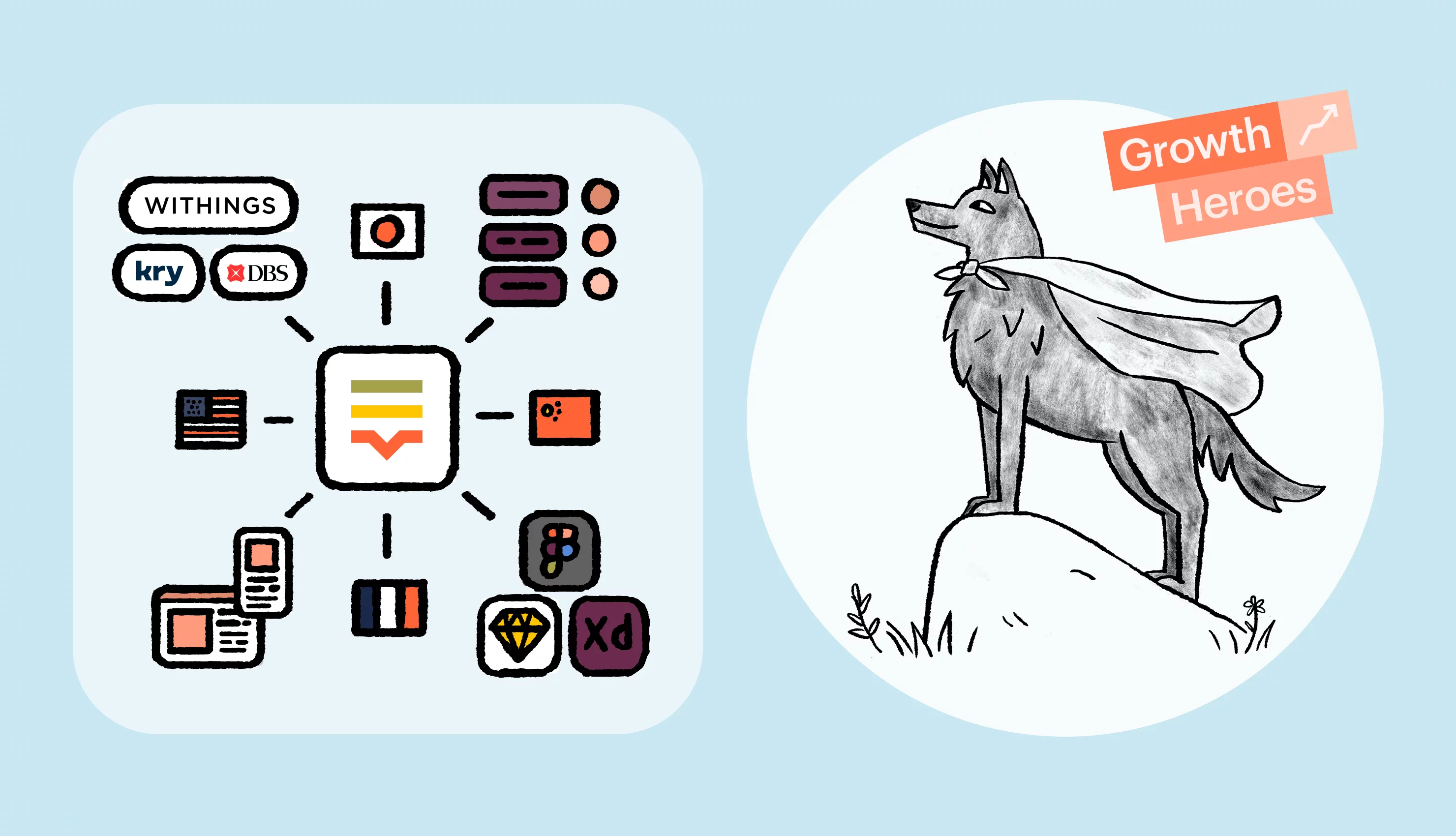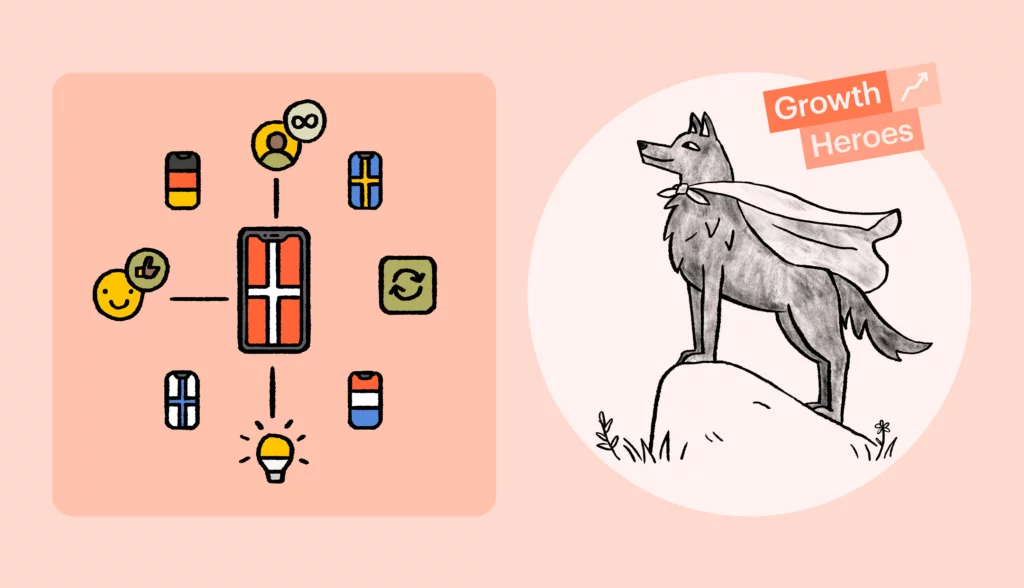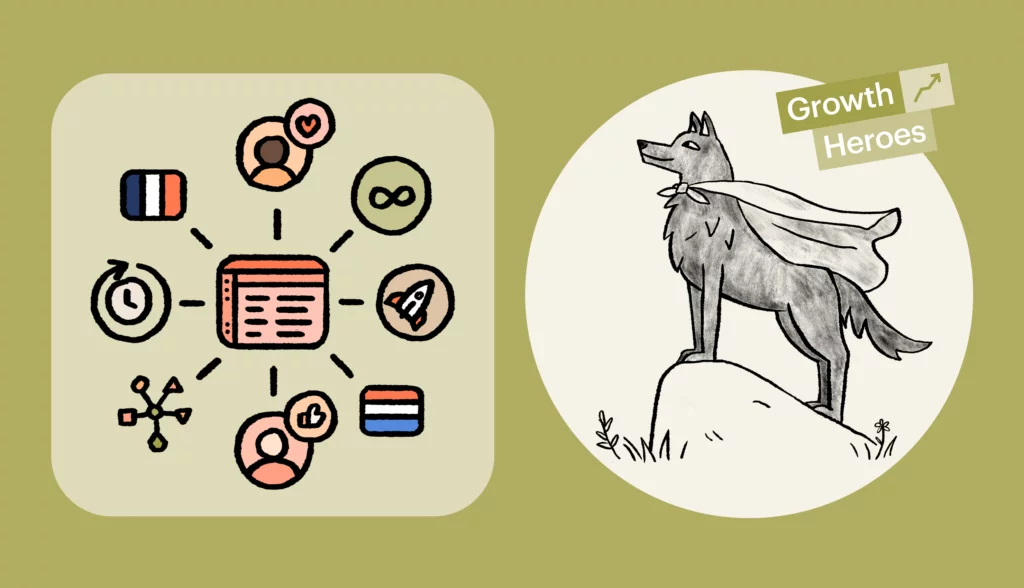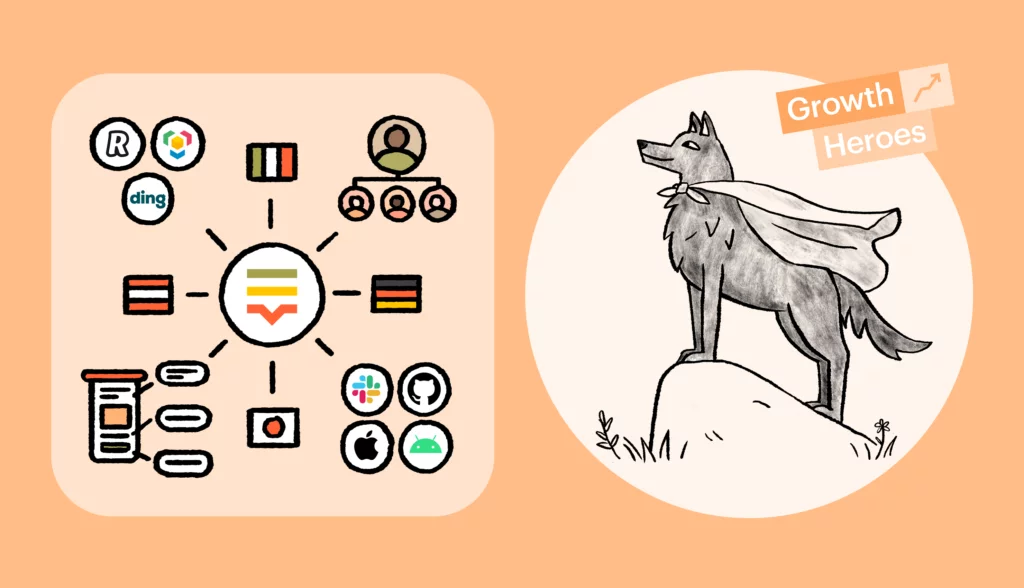From startups to scaleups, tapping into new markets can hold the key to long-term growth and success for many businesses. In fact, 78% of scaleups last year saw market access as ‘critical’ for their growth.
But reaching these markets can be challenging. Not only do enterprises have to navigate choppy economic waters and ever-changing regulatory demands, they also have to be able to reach customers in their own languages.
So far in our Growth Heroes series, we’ve looked at the innovative organizations using localization to expand their customer bases, transform their operations, and scale their businesses. In this edition, we want to showcase the impact localization can make on your business when implemented during the design stage.
We’ll be hearing from three customers who have used design-stage localization to power change in their organizations, from cutting operational workloads to improving app translation quality, and significantly reducing bugs.
- Withings: A connected health pioneer and creator of the Withings Health Mate app, available in 11 languages across 190 countries
- Kinto: A rapidly expanding digital mobility solutions provider currently operating in nine European countries
- DBS Bank: One of the largest banks in Southeast Asia, DBS has over 29,000 employees serving customers in more than 18 markets
Each organization has a unique story to tell about how dynamic, easy-to-use localization made their successes possible – and why they choose to work with Lokalise.
Handing time back to leaders to focus on the big picture
At its core, design-stage localization sees the localization process shift from post-release to pre-release.
Instead of being an afterthought that pulls precious resources away from leaders, it means localization is fully embedded in an agile product development process from end to end.
With design-stage localization, your linguists’ workload will be fully streamlined, while talented designers and developers won’t have to waste time retracing their steps through a UX they began designing months ago.
Romain Dahan, Product Manager at Withings, says that using Lokalise to deliver design-stage localization led to huge performance increases over legacy processes.
Romain explains that one of the biggest issues facing him and his team was a spreadsheet-based workflow that simply couldn’t keep up with the pace of development and new feature releases.
He says:
“I could spend 50% of my work time going back and forth through these spreadsheets that we had – it was a nightmare. And I was only focusing on the project management and operational tasks, not paying attention to localization quality or content strategy.”
With Lokalise, Romain and his team were able to build an entirely new workflow on Figma, a dedicated design tool that seamlessly integrates with Lokalise. Using Figma, the Withings content team created an initial design in a base language with key names.
These keys were then pushed to Lokalise, where linguists can work through the entire product flow.
This means that developers can begin working with localization keys from the minute a project begins, enabling other teams, such as marketing, to share fully localized prototypes in new markets ahead of time.
The impact of this new workflow at Withings has been enormous. Romain says:
“By migrating to Lokalise, we’ve accelerated the delivery of new localized features by 90%.”
“With Lokalise’s Figma integration, I’ve eliminated my operational workload and can now focus on performance to improve the overall experience for our customers.”
Thanks to the gains made possible by design-stage localization, leaders like Romain can do what they do best: drive strategy, grow their teams, and focus on the big picture.
Design efficiency can drive growth
As we’ve explored, design-stage localization can help organizations overhaul their processes and empower leaders to get more done in less time.
The new processes required by design-stage localization create a huge opportunity to get your teams working together like never before. Our workflows ensure designers, developers, content teams, and even marketers are able to work together in an open, collaborative way.
Studies suggest that teams in which collaboration and ‘openness’ are valued complete work as much as 60% faster with higher emotional and mental well-being for team members.
Better teams means greater efficiency, which ultimately gives businesses the chance to obtain the greatest gift of all: growth.
Liva Paudere, VP Content Design at DBS, says Lokalise helped deliver ‘visibility and consistency’ to the bank across its localization efforts.
Prior to using Lokalise, teams were in disarray due to a time-consuming and messy localization process available to product owners.
“During development, we constantly had to try and figure out what the correct and final version of the translated copy was. Content was scattered across Word documents, Excel files, emails, Teams messages, etc.”
Liva explains that design-stage localization provided by Lokalise made it possible for all stakeholders to access a “single source of truth”.
She says:
“At DBS, product owners are the final decision-makers when it comes to what content our customers will see. So it makes sense to empower them to change content without having to always go through developers. Lokalise enables us to do that.
Liva estimates that, once DBS introduced Lokalise on a number of projects, localization-related bugs fell from 30% to below 8%.
“If we had done user research and user testing in one country, and we know that the flow and language work, the stakeholders from other countries can open Lokalise to see what language and terminology were used. This provides much more visibility for everyone.”
Maintaining quality
By now, the benefits that design-stage localization has in terms of team cohesion, agile development, and overall efficiency are clear. But design-stage localization not only lets you work faster, but smarter.
Having a single source of truth and a transparent, collaborative tool at your disposal means your teams are empowered to work on projects with far fewer mistakes and deliver a much higher quality product.
Guthrie Watson, Head of UX Design at Kinto, tells us that Lokalise made it possible for his team to massively improve translation quality for their connected mobility app and, from there, make it possible to add new products without needing to hire new staff each time.
Guthrie says:
“Lokalise has helped us improve app translation quality and UX by 80%.”
“If we had to maintain translation and localization manually, we could never hire people to manage the content. Lokalise allows us to scale and grow in ways that we just couldn’t without it.”
Part of the reason Kinto have been able to do this is making it much easier for developers to manage translation keys, giving them more time to tackle design concerns.
“We’ve zeroed out the time developers spent dealing with translation and localization management and fixes thanks to Lokalise,” Guthrie explains. “Developers can now work solely on their direct responsibilities.”
Design-stage localization driving growth and transformation
Implementing translation and localization best practices at the design stage has proven to be a huge success for Kinto, DBS, and Withings. Their stories show us how integrated workflows and end-to-end localization can deliver greater team cohesion, higher quality products, and ultimately, the time and resources to enable leaders to keep their businesses growing.
If you’re interested in learning more about design-stage localization, check out our complete guide here. This free ebook will lead you step by step through how to integrate design-stage localization into your existing workflows as well as sharing best practices and case studies.
The complete guide to design-stage localization
We’ll show you how to build and implement a unified localization workflow that starts at the design stage.
Download




